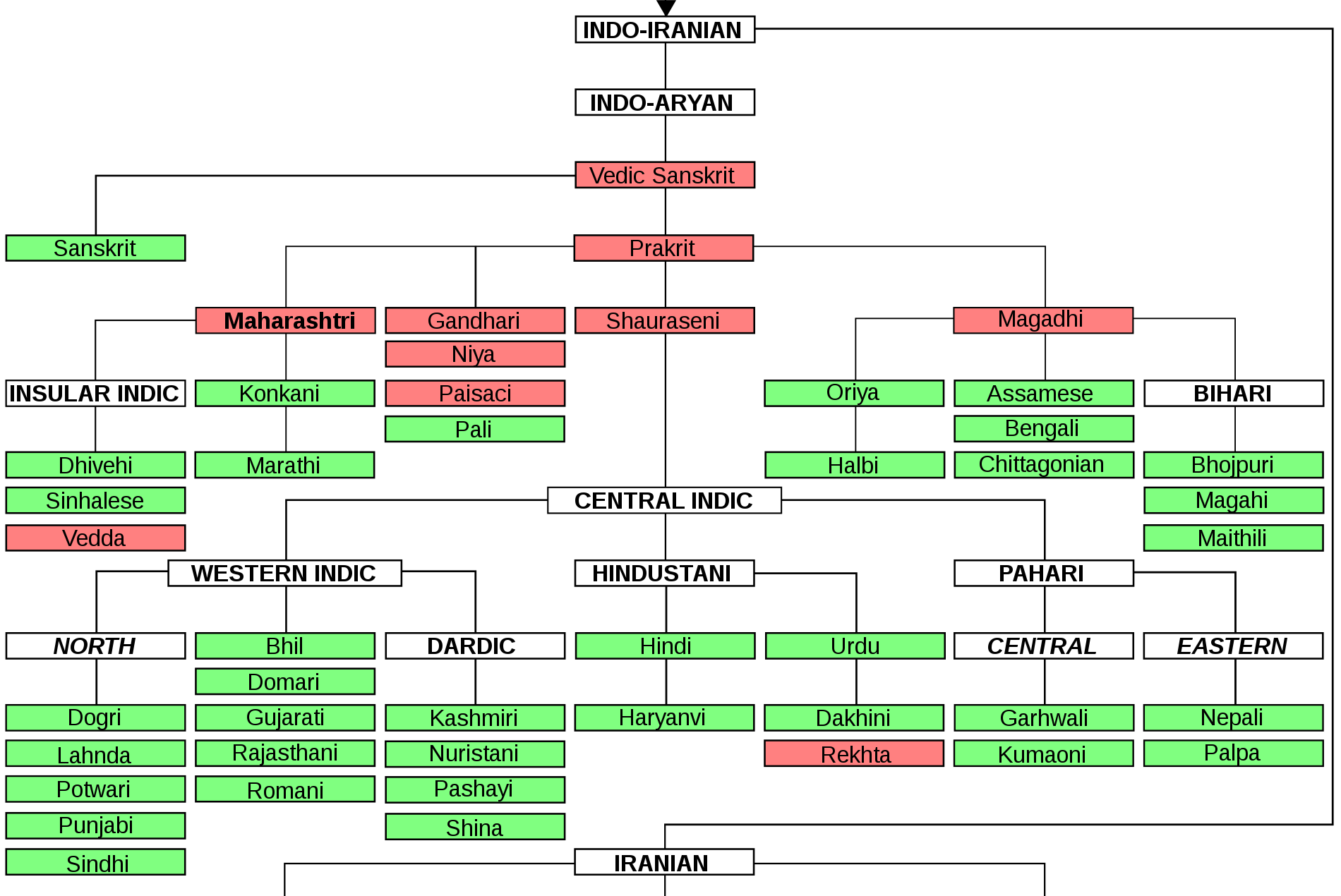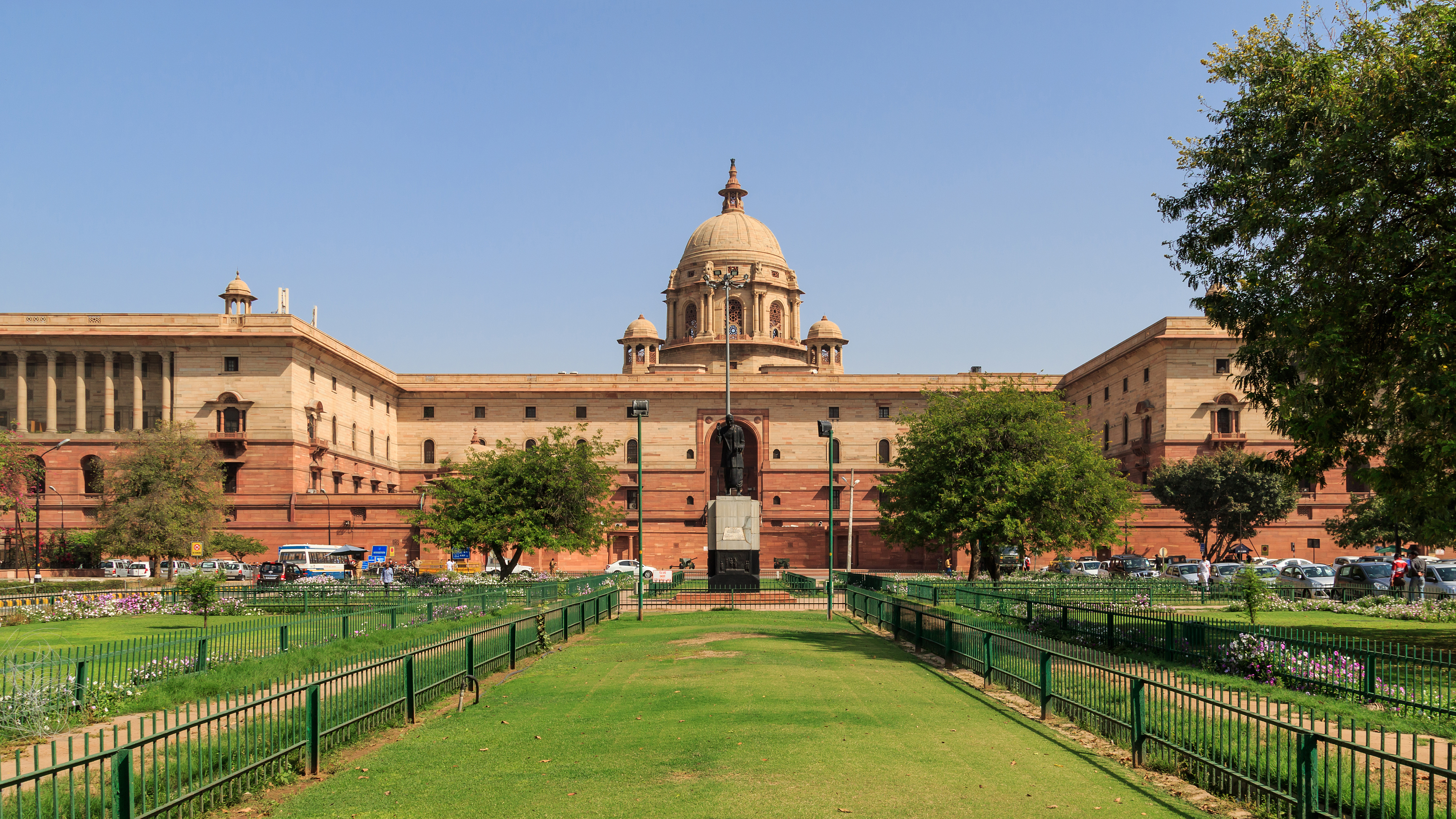|
Nepal Bhasa
Newar (; , ) is a Sino-Tibetan language spoken by the Newar people, the indigenous inhabitants of Nepal Mandala, which consists of the Kathmandu Valley and surrounding regions in Nepal. The language is known officially in Nepal as Nepal Bhasa, a name that has been historically used for the language. The term "Newari" is also used to refer to the language, although the Indic ''-i'' suffix is considered inappropriate by some Newar speakers. The language served as the official language of Nepal during the Malla dynasty since the 14th century till the end of dynasty in 1769 during which the language was referred as "Nepal Bhasa", a term which literally means "Nepalese Language". However, the language is not the same as Nepali, an Indo-Aryan language and the current official language of Nepal, which only got the name Nepali in the 1930s. Literature in Newar is one of the oldest in Nepal, dating back to at least 600 years ago. From the start of the Rana dynasty in the 1840s un ... [...More Info...] [...Related Items...] OR: [Wikipedia] [Google] [Baidu] |
Nepal
Nepal, officially the Federal Democratic Republic of Nepal, is a landlocked country in South Asia. It is mainly situated in the Himalayas, but also includes parts of the Indo-Gangetic Plain. It borders the Tibet Autonomous Region of China China–Nepal border, to the north, and India India–Nepal border, to the south, east, and west, while it is narrowly separated from Bangladesh by the Siliguri Corridor, and from Bhutan by the States and union territories of India, Indian state of Sikkim. Nepal has a Geography of Nepal, diverse geography, including Terai, fertile plains, subalpine forested hills, and eight of the world's ten List of highest mountains#List, tallest mountains, including Mount Everest, the highest point on Earth. Kathmandu is the nation's capital and List of cities in Nepal, its largest city. Nepal is a multi-ethnic, multi-lingual, multi-religious, and multi-cultural state, with Nepali language, Nepali as the official language. The name "Nepal" is first record ... [...More Info...] [...Related Items...] OR: [Wikipedia] [Google] [Baidu] |
Kingdom Of Nepal
The Kingdom of Nepal was a Hindu monarchy in South Asia, founded in 1768 through the unification of Nepal, expansion of the Gorkha Kingdom. The kingdom was also known as the Gorkha Empire and was sometimes called History of Asal Hindustan, Asal Hindustan. Founded by Prithvi Narayan Shah, a Gorkha monarch who claimed Thakuri ancestry from the Chaubisi Rajya, chaubisi principalities, the kingdom endured for 240 years under the formal rule of the Shah dynasty, whose authority fluctuated over time. It lasted until 2008, when the monarchy was abolished and the country became the Federal Democratic Republic of Nepal, Federal Democratic Republic. After the invasion of Tibet and plundering of Digarcha by Nepali forces under Bahadur Shah of Nepal, Prince Regent Bahadur Shah in 1792, the 8th Dalai Lama, Dalai Lama and Chinese Ambans reported to the Chinese administration for military support. The Chinese and Tibetan forces under Fuk'anggan attacked Nepal but went for negotiations afte ... [...More Info...] [...Related Items...] OR: [Wikipedia] [Google] [Baidu] |
2006 Democracy Movement In Nepal
The 2006 Nepal revolution also known as the Democracy Movement ( ''Jana Andolan II''). It was a political movement that was opposed to Nepal's monarchy system under King Gyanendra. The movement was the second protest against the monarchy, following the first revolution. Reinstitution of Parliament In a nationally televised address, King Gyanendra reinstated the old Nepal House of Representatives on April 24, 2006. The King called upon the Seven Party Alliance (SPA) to bear the responsibility of taking the nation on the path to national unity and prosperity while ensuring permanent peace and safeguarding multiparty democracy. The reinstitution of Parliament was accepted by the SPA. It declared that Girija Prasad Koirala would lead the new government. The SPA stated that the new parliament will hold elections for a body that would write a new constitution. The move was rejected by the Maoists. Maoist leader Baburam Bhattarai stated that merely restoring the parliament was ... [...More Info...] [...Related Items...] OR: [Wikipedia] [Google] [Baidu] |
Newar Literature
The Newar language of Nepal has the fourth oldest literature tradition among the Sino-Tibetan languages (after Chinese, Tibetan and Burmese). The earliest known document in Newar is called "The Palmleaf from Uku Bahal" which dates from 1114 during the Thakuri period. The earliest dated stone inscription in Nepal Bhasa is dated Nepal Sambat 293 (1173 AD). From the 14th century onwards, an overwhelming number of stone inscriptions in the Kathmandu Valley, where they are an ubiquitous element at heritage sites, are in Nepal Bhasa. The first books appeared in the 14th century. * ''Haramekhalā'' (Devanāgarī: हरमेखला, a medical manual written in 1374 * ''Nāradsmṛti'' (नारदस्मृति) a law book written in 1380 * ''Amarkośa'' (अमरकोश), a Sanskrit-Newari dictionary written in 1381 * ''Gopālarāja Vaṃśāvalī'' (गोपालराज वंशावली), a history of Nepal written in 1389 The first story book is ''Tantrākhyāna ... [...More Info...] [...Related Items...] OR: [Wikipedia] [Google] [Baidu] |
Indo-Aryan Languages
The Indo-Aryan languages, or sometimes Indic languages, are a branch of the Indo-Iranian languages in the Indo-European languages, Indo-European language family. As of 2024, there are more than 1.5 billion speakers, primarily concentrated east of the Indus river in Bangladesh, Northern India, Eastern Pakistan, Sri Lanka, Maldives and Nepal. Moreover, apart from the Indian subcontinent, large immigrant and expatriate Indo-Aryan–speaking communities live in Northwestern Europe, Western Asia, North America, the Caribbean, Southeast Africa, Polynesia and Australia, along with several million speakers of Romani languages primarily concentrated in Southeast Europe, Southeastern Europe. There are over 200 known Indo-Aryan languages. Modern Indo-Aryan languages descend from Old Indo-Aryan languages such as early Vedic Sanskrit, through Middle Indo-Aryan languages (or Prakrits). The largest such languages in terms of First language, first-speakers are Hindustani language, Hindi–Urdu ... [...More Info...] [...Related Items...] OR: [Wikipedia] [Google] [Baidu] |
Nepali Language
Nepali (; , ), or ''Gorkhali'' is an Indo-Aryan languages, Indo-Aryan language native to the Himalayas region of South Asia. It is the official and most widely spoken Languages of Nepal, language of Nepal, where it also serves as a ''lingua franca''. Nepali has Languages with official status in India, official status in the Indian state of Sikkim and in the Gorkhaland Territorial Administration of West Bengal. It is spoken by about a quarter of Bhutan's population. Nepali also has a significant number of speakers in the Indian states of Arunachal Pradesh, Assam, Himachal Pradesh, Manipur, Meghalaya, Mizoram and Uttarakhand. In Myanmar it is spoken by the Burmese Gurkhas. The Nepali diaspora in the Middle East, Brunei, Australia and worldwide also use the language. Nepali is spoken by approximately 19 million native speakers and another 14 million as a second language. Nepali is commonly classified within the Eastern Pahari group of the Northern Indo-Aryan languages, Northern zo ... [...More Info...] [...Related Items...] OR: [Wikipedia] [Google] [Baidu] |
New Delhi
New Delhi (; ) is the Capital city, capital of India and a part of the Delhi, National Capital Territory of Delhi (NCT). New Delhi is the seat of all three branches of the Government of India, hosting the Rashtrapati Bhavan, New Parliament House, New Delhi, Sansad Bhavan, and the Supreme Court of India, Supreme Court. New Delhi is a Municipal governance in India, municipality within the NCT, administered by the New Delhi Municipal Council (NDMC), which covers mostly Lutyens' Delhi and a few adjacent areas. The municipal area is part of a larger List of districts in India, administrative district, the New Delhi district. Although colloquially ''Delhi'' and ''New Delhi'' are used interchangeably to refer to the National Capital Territory of Delhi, both are distinct entities, with the municipality and the New Delhi district forming a relatively small part within the megacity of Delhi. The National Capital Region (India), National Capital Region is an even larger entity, compris ... [...More Info...] [...Related Items...] OR: [Wikipedia] [Google] [Baidu] |
Malla Dynasty (Nepal)
The Malla dynasty () also known as the Malla confederacy, was the ruling dynasty of the Kathmandu Valley in Nepal from 1201 to 1779. This dynasty was founded by Arimalla, Arideva Malla. Though the latter Mallas were regarded as belonging to the Raghuvanshi, Raghuvamsha dynasty, they were also seen as continuations and descendants of the Licchavi (kingdom), Licchavi dynasty. Later Malla kings also traced one section of their lineage from Nanyadeva, the founder of the Karnat dynasty of Mithila (region), Mithila. The term M''alla'' means wrestler in Sanskrit. The first use of the word M''alla'' in the Kathmandu Valley began in 1201. The Malla period stretched over 600 years, as they presided over and flourished the Newar civilization of Nepal Mandala which developed as one of the most sophisticated urban civilisations in the Himalayan foothills and a key destination on the India-Tibet trade route. During the Malla Dynasty, Newar language, Nepal Bhasa was the official language,Lie ... [...More Info...] [...Related Items...] OR: [Wikipedia] [Google] [Baidu] |
Kathmandu Valley
The Kathmandu Valley (), also known as the Nepal Valley or Nepa Valley (, Newar language, Nepal Bhasa: 𑐣𑐾𑐥𑐵𑑅 𑐐𑐵𑑅, नेपाः गाः), National Capital Area, is a bowl-shaped valley located in the Himalayas, Himalayan mountains of Nepal. It lies at the crossroads of ancient civilizations of the Indian subcontinent and the broader Asian continent, and has at least 130 important monuments, including several pilgrimage sites for Hindus and Buddhism, Buddhists. The valley holds seven World Heritage Sites within it. The Kathmandu Valley is the most developed and the largest urban agglomeration in Nepal with a population of about 5 million people. The urban agglomeration of Kathmandu Valley includes the cities of Kathmandu, Lalitpur, Nepal, Lalitpur, Bhaktapur, Changunarayan, Budhanilkantha, Tarakeshwar, Gokarneshwar, Suryabinayak Municipality, Suryabinayak, Tokha, Kirtipur, Madhyapur Thimi, and others. The majority of offices and headquarters are locat ... [...More Info...] [...Related Items...] OR: [Wikipedia] [Google] [Baidu] |
Newar People
Newar (; , endonym: Newa; , Pracalit script: ), or Nepami, are primarily inhabitants in Kathmandu Valley of Nepal and its surrounding areas, and the creators of its historic heritage and civilisation. Page 15. Newars are a distinct linguistic and cultural group, primarily Indo-Aryan peoples, Indo-Aryan and Tibeto-Burman migration to Indian subcontinent, Tibeto-Burman ethnicities, who share a common language, Newar language, Nepal Bhasa, and predominantly practice Newar Hinduism and Newar Buddhism. Newars have developed a division of labour and a sophisticated urban civilisation not seen elsewhere in the Himalayas, Himalayan foothills. Newars have continued their age-old traditions and practices and pride themselves as the true custodians of the religion, culture and civilisation of Nepal. Newars are known for their contributions to culture, Newa art, art and Newari literature, literature, Lhasa Newar, trade, Agriculture in Nepal, agriculture and Newa cuisine, cuisine. Today, th ... [...More Info...] [...Related Items...] OR: [Wikipedia] [Google] [Baidu] |
Sino-Tibetan Languages
Sino-Tibetan (also referred to as Trans-Himalayan) is a family of more than 400 languages, second only to Indo-European in number of native speakers. Around 1.4 billion people speak a Sino-Tibetan language. The vast majority of these are the 1.3 billion native speakers of Sinitic languages. Other Sino-Tibetan languages with large numbers of speakers include Burmese (33 million) and the Tibetic languages (6 million). Four United Nations member states (China, Singapore, Myanmar, and Bhutan) have a Sino-Tibetan language as a main native language. Other languages of the family are spoken in the Himalayas, the Southeast Asian Massif, and the eastern edge of the Tibetan Plateau. Most of these have small speech communities in remote mountain areas, and as such are poorly documented. Several low-level subgroups have been securely reconstructed, but reconstruction of a proto-language for the family as a whole is still at an early stage, so the higher-level structure of Sino-Tibetan re ... [...More Info...] [...Related Items...] OR: [Wikipedia] [Google] [Baidu] |





